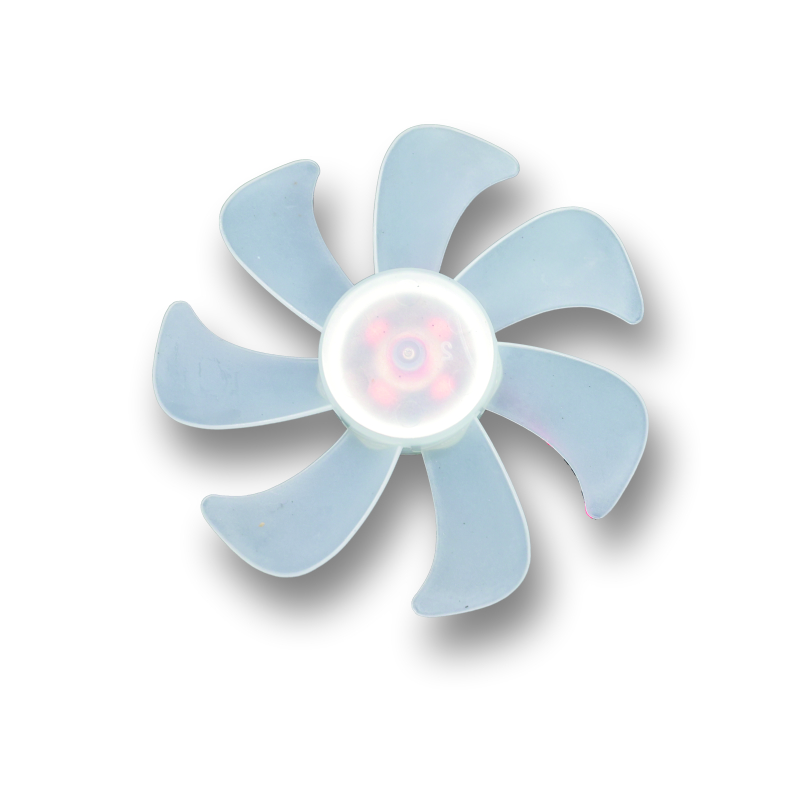Types of Motors in Freezers
Freezers are indispensable in both household and commercial applications, ensuring food preservation and extending the shelf life of perishables. To perform efficiently, freezers rely on various types of motors to drive the components of the refrigeration cycle. Each type of motor plays a unique role in maintaining optimal conditions inside the appliance, from circulating air to compressing refrigerant. This article highlights the importance of these motors, focusing on specific examples such as evaporator fan motors, condenser fan motors, blower motors, and more. Understanding these components is crucial for those in the market for wholesale supplies, especially from suppliers in China.
Role of Evaporator Fan Motors
The evaporator fan motor is central to the functionality of freezers. Located typically behind a panel in the freezer section, this motor's primary role is to circulate air over the evaporator coils. The process facilitates efficient heat exchange, vital for maintaining a consistent internal temperature. If the motor malfunctions, the temperature inside the freezer can increase, potentially leading to spoiled goods.
- Size and Specifications: Typical evaporator fan motors have a power range of 1-4 watts.
- Features: Modern units may include brushless DC motors for enhanced efficiency and longevity.
Condenser Fan Motor Characteristics
The condenser fan motor, often referred to as an axial fan motor due to its shape, is vital in dissipating heat absorbed from the freezer interior. This motor promotes airflow over the condenser coils, aiding in the conversion of refrigerant from gas to liquid. This component is crucial in preventing overheating and ensuring the efficiency of the refrigeration cycle.
- Components: Includes rotor blades and a stator with permanent magnets.
- Performance: High rotational speeds—typically around 1,500 to 3,000 RPM—are necessary for effective heat dissipation.
Fan Blower Motor Applications
In larger commercial freezers or multi-functional appliances, blower motors provide a constant airflow, crucial for both cooling and heating elements. These motors are typically mounted with ducts that lead into the cooking or cooling areas, optimizing air distribution throughout the appliance.
- Design: Often includes integrated air filters and exhaust systems to maintain air quality.
- Efficiency: Designed for low noise levels and high energy efficiency ratings.
Electric Pump Motors in Appliances
While not a primary motor in standard freezers, electric pump motors are ubiquitous in larger kitchen appliances. They convert mechanical energy to help drive other appliance functions, such as water circulation in ice-making machines.
- Specifications: Typically operate with an input power of 50-60 watts.
- Durability: Designed for continuous operation over extended periods without significant wear.
Hydraulic Motors in Modern Freezers
Hydraulic motors are an advanced option in some high-capacity commercial freezers. These motors convert rotary motion into linear motion, using fluid pressure to generate the necessary force for appliance operation.
- Performance: Offers a high torque-to-weight ratio.
- Applications: Useful in units requiring heavy-duty performance, like large freezer storage systems in industrial settings.
Configuration of Freezer Types
Freezers come in various configurations, including top-mount, bottom-mount, chest, and upright freezers. The design and location of the freezer compartment influence its daily usability, energy consumption, and capacity.
- Top-Mount: Freezer placed above the fridge, ideal for eye-level access.
- Bottom-Mount: Freezer solution positioned below the fridge, which can be more energy-efficient.
Bottom Mount Freezers
Bottom-mount freezers are often designed for easy organizing and accessibility, with options including swing doors or pull-out drawers. Such configurations offer substantial advantages for domestic and commercial users seeking easy access and high storage capacity.
- Advantages: Improved ergonomics as the fridge section remains at eye level.
- Energy Efficiency: Generally higher due to optimized airflow patterns.
Refrigeration Cycle Components
The basis of the refrigeration cycle involves crucial components: the compressor, condenser, metering device, and evaporator. Each component interacts with motors to maintain the freezer's internal temperature.
- Compressor: Driven by a motor to pressurize the refrigerant.
- Condenser & Evaporator: Relies on fan motors to facilitate heat exchange.
Environmental Impact of Refrigerants
Modern freezers utilize eco-friendly refrigerants such as R-600a due to their low Ozone Depletion Potential (ODP) and Global Warming Potential (GWP). These properties make them suitable for environmentally-conscious consumers.
- R-600a Specifications: Provides high energy efficiency.
- Comparison: R-600a is preferred over older refrigerants like R-134a.
Advanced Motor Technologies
Refrigerator and freezer technologies have advanced significantly, incorporating motors that offer quieter operation, greater durability, and higher efficiency. Single-phase induction motors dominate due to their reliability and cost-effectiveness.
- Innovations: Integration of brushless technology for lower maintenance requirements.
- Market Trends: Increasing demand for energy-efficient models from wholesale suppliers in China.
Hanlang Technology Provide Solutions
Hanlang Technology offers comprehensive motor solutions for freezers, specializing in cutting-edge designs that enhance appliance efficiency and reliability. Our products are ideal for commercial and domestic markets, integrating seamlessly into existing systems. Designed with precision, Hanlang motors provide superior performance with minimal energy consumption, making them an optimal choice for environmentally-friendly refrigeration solutions. As a trusted supplier based in China, Hanlang Technology is committed to delivering quality products at competitive prices, facilitating the needs of global wholesale markets.
User hot search: freezer motor



